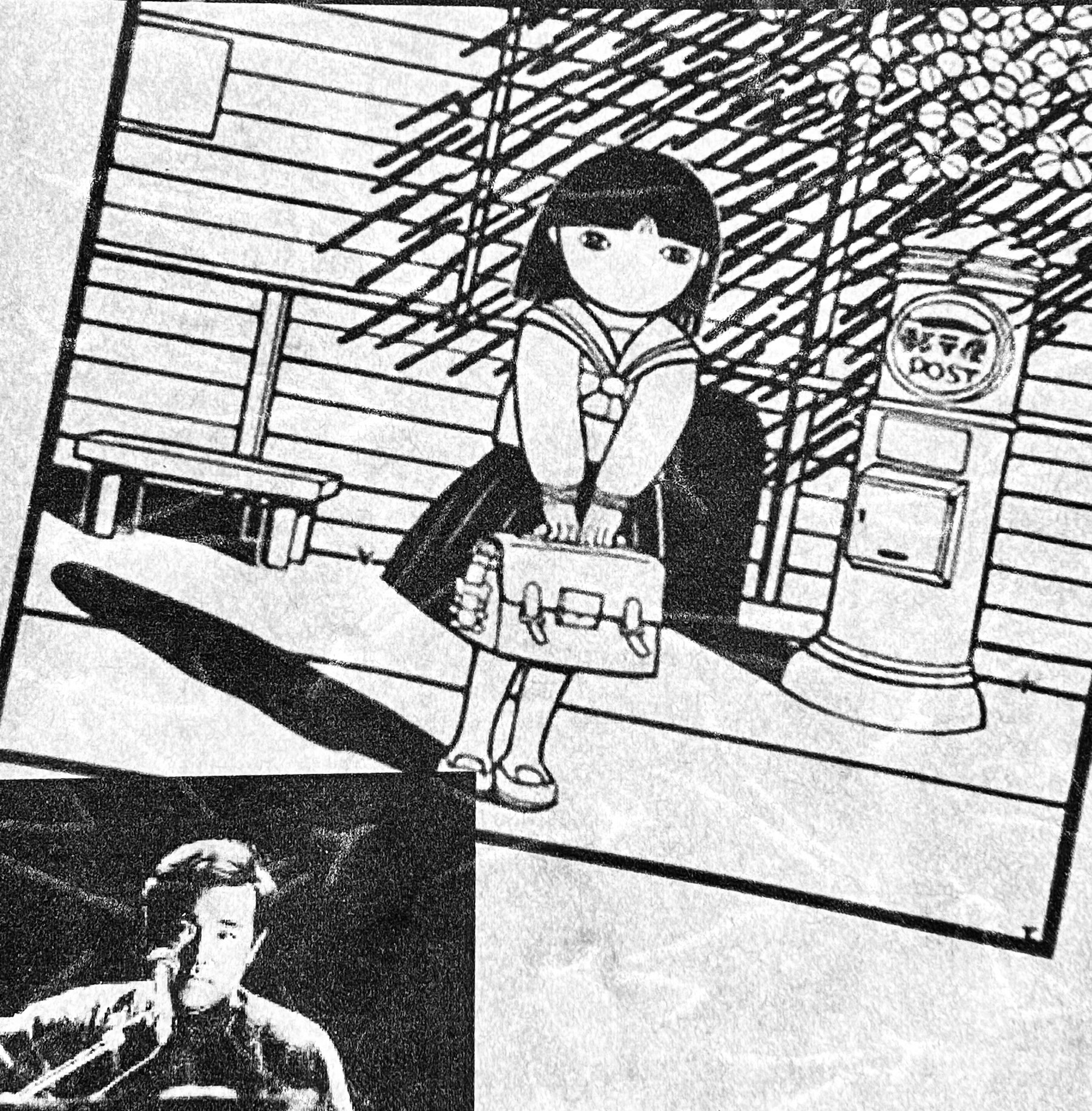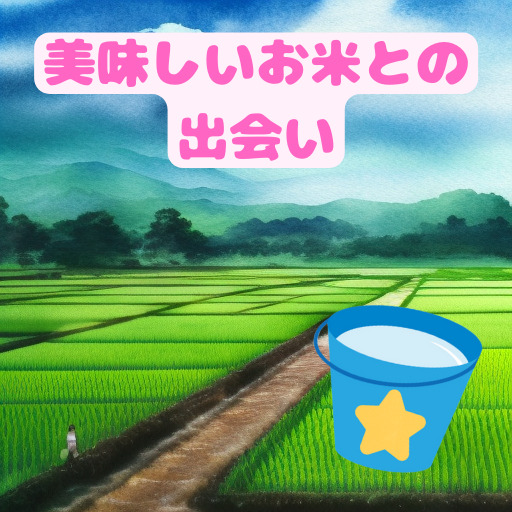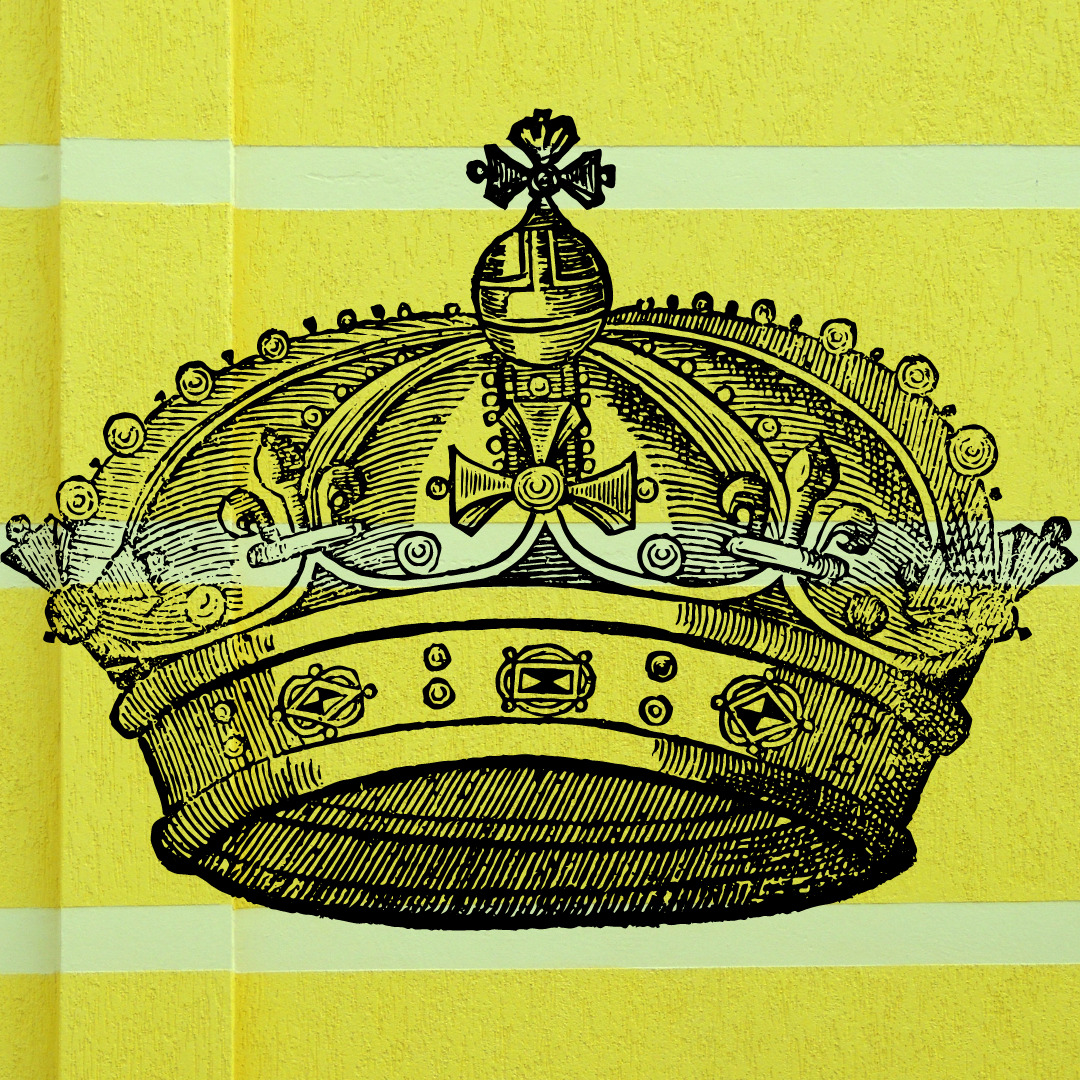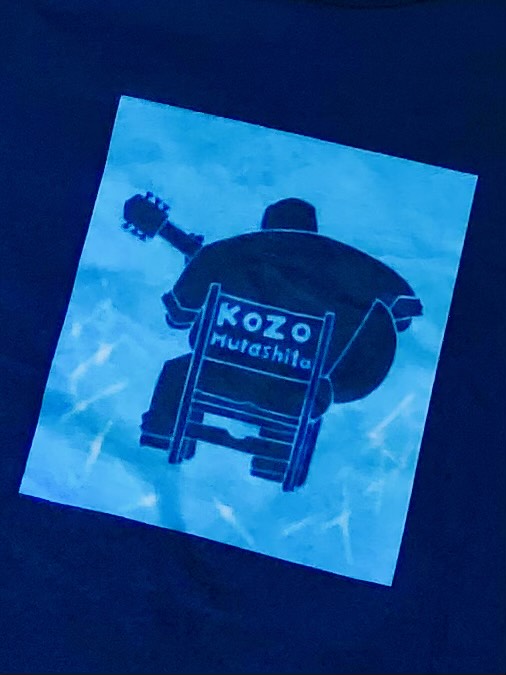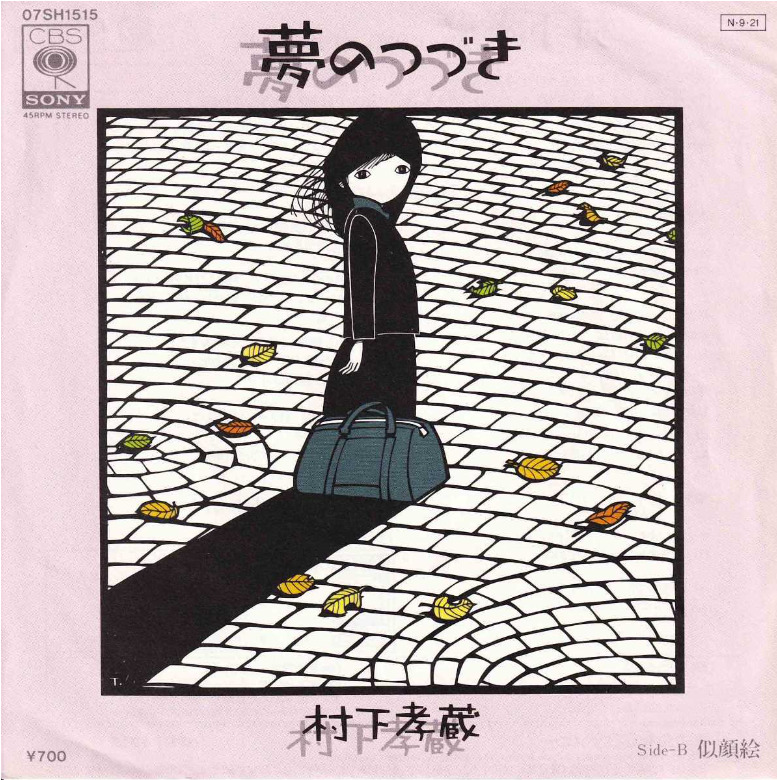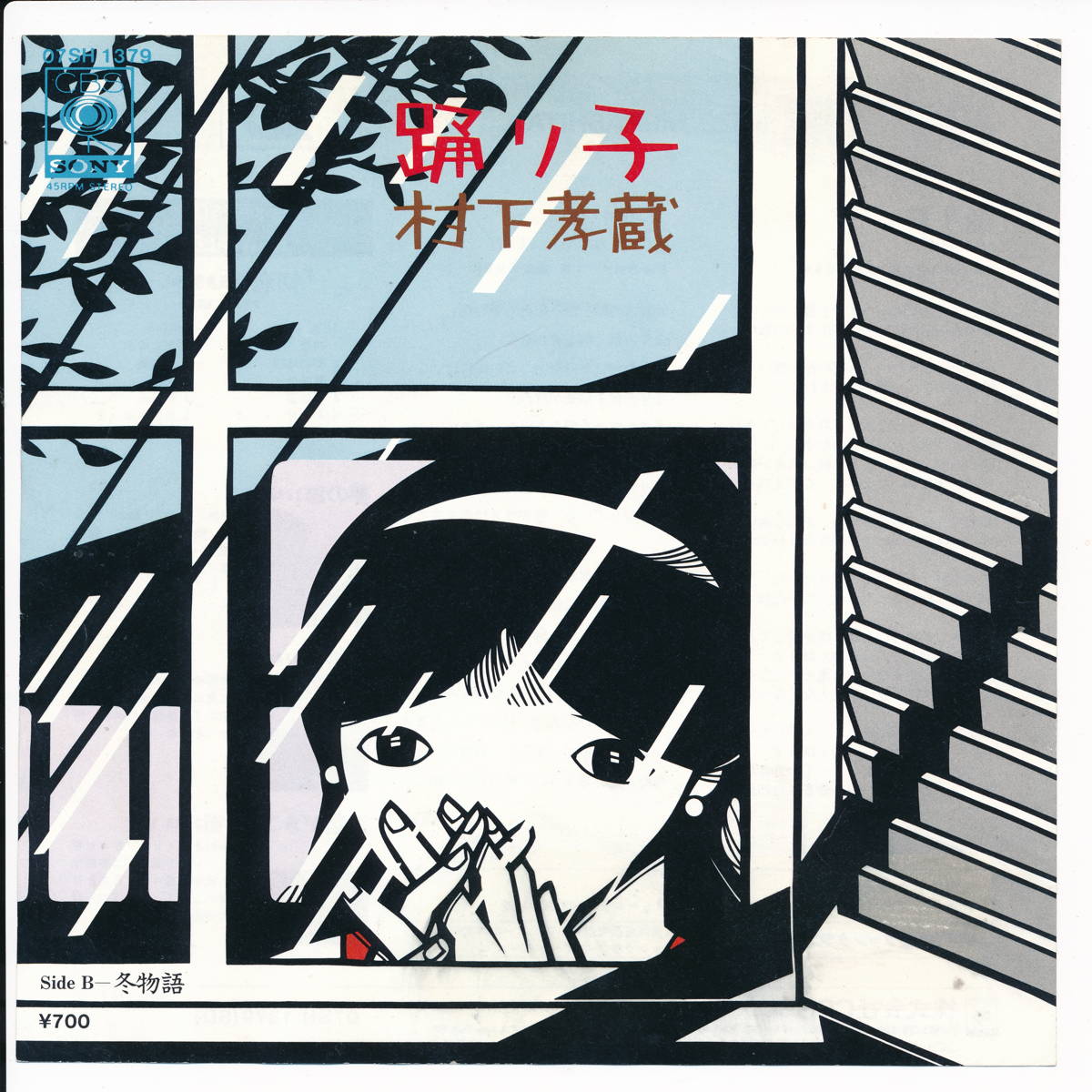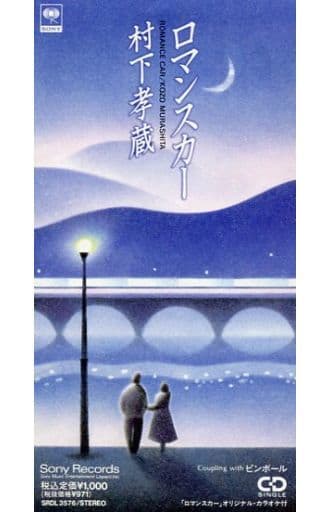Kozo Murashita song [Shojo(A girl)] Lyrics and the meaning of its world view!
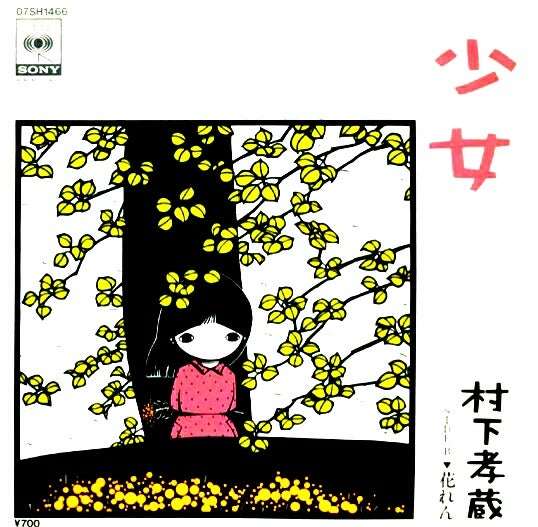
Whether you’ve just met Kozo Murashita, or you, a hot-blooded Murashitan, are welcome!
In this article, I will explain the meaning of the lyrics of the song “Shojo(A girl)” by the genius poet Kozo Murashita, who was active in the Japanese pop world in the 1980s and 90s. And I would like to enjoy and appreciate the story together with you.
Of course, I have no choice but to understand the lyrics personally, but I hope that I can help you feel the charm of Kozo Murashita even more. (⇒Click here for a detailed “idea” about Kozo Murashita’s music commentary and lyric appreciation on this site)
The edior set the goal of explaining all of Mr. Murashita’s songs, and first created an article explaining the hidden masterpieces with a ranking format.
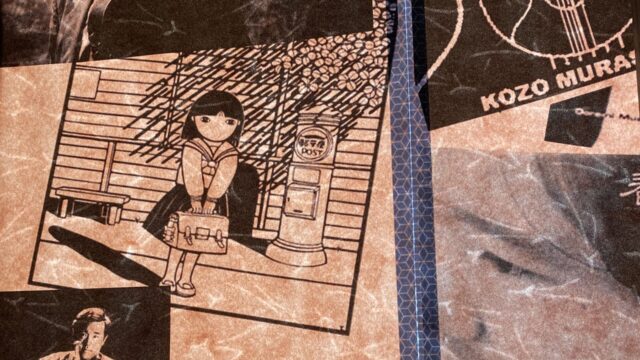
↑Since this article(JAPANESE) has been completed for the time being, I decided to work on representative songs such as “Odoriko(Dancer)”, “Shojo(A girl)”, and “Hidamari(In the Sunshine)” that were in demand.
Let’s get started! The full lyrics are attached at the bottom, so if you want to refer to the whole song, please use it as appropriate.
⇒ Click here for the YouTube version
“Shojo(A girl)” was released on April 1, 1984 (Murashita was 31 years old) as a single following “Odoriko”. After that, it was included in the album “Hanazakari” released on December 8th of the same year. The above video and link are promotional videos that are rare for Mr. Murashita’s music.
Dyeing the white walls, the grass flute echoes on the hill
Rape blossoms and the evening moon
Commentary
This song runs through the whole story with a powerful intro that is somewhat shocking or that evokes vivid memories. As for the basic scene, it is thought that the man is singing about the impression of a certain girl he once saw and how it has changed.
Unlike “Hatsukoi” and “Odoriko,” it may actually be rare among Mr. Murashita’s songs that it doesn’t focus on the romance between a man and a woman.
A broken sandal strap, a girl on her way home alone,
who missed the lights and was trembling
This song is clearly produced with the intention of incorporating a Japanese taste. It’s a small town in the countryside rather than a city, and even the outer edge of the mansion with the old-fashioned “white walls” and even the slightly raised hills are echoing in a young green “grass flute”. On the land that can be seen from the hill, the “rape blossoms” are in full bloom, and the “And the evening moon” remains thin and white, floating in the sunset.
Based on this phrase, it is necessary to add the scene that the sun is disappearing to the end of the west. Under such an evening scenery, “a girl on her way home alone” is having trouble with zori sandals with broken straps. She was frightened by the signs of the area getting darker and darker, and was trembling because she missed the lights of the house where her family was waiting for her.
It must be at this time that the man met the girl. A man mending a woman’s sandals and clogs is a dramatic scene that has been used for quite some time.
Kasuri kimono, pigtails
there is no decoration
The girl probably has pigtails that all girls of her age in this town do. She wears a kasuri kimono, which is easy to use as everyday wear and has a faint pattern, and of course does not have any hair ornaments. This young girl is probably born into this world without knowing right or left, and is living as a girl.
Only “innocence” stands out, and it gives the impression that it exists in the scene of the evening when the girl takes the form of a girl. Therefore,
Even if you change clothes, the doll
will not know any words
Even if the girl’s “clothes” were to be gorgeously dressed up, the innocent girl, who could be compared to a “doll” that praised her perfect beauty from the beginning, “will not know any words.” Does it mean that the girl lives according to her heart as a girl rather than responds with words of gratitude and affection? The girl the man met was so beautiful at that time.
Turn around and find me
smiled happily
The nameless girl is an innocent girl
Fearing the dark night and trembling and crying, “turning around” and not even knowing who she was, “looking at me and smiling happily” were the honest expressions of the girl’s heart. I don’t know if the man fixed the girl’s straps, but he must have seen deep beauty in the “nameless” young “innocent girl”.
You can also think of it as a scene that continues from the beginning (She found the man in a dark street and smiled with relief). However, personally, I would like to perceive it as stepping into the world of images, where ideas and scenes are mixed from the middle.
Blue firefly still searching for sweet water
Unable to find it, got lost
The girl has grown. This part is particularly difficult, but in the process of growing up, the girl “still couldn’t find” the “sweet water” of the pure age, and “got lost” in the maze of life. It’s too simplistic to describe it as an adolescent woes, and too exaggerated and metaphysical to describe it as an existential woes, a maze that’s more familiar and unsolvable.
On the other hand, it may be possible to read “Blue firefly” as a man and take it as a scene where he meets a girl again. In that case, the expression “got lost” seems to be linked to the vague horror feeling of the promotional video.
Through the cellophane she was looking
Big sky
Do the stars still shine
When the girl was a girl, she “looked” at the colored “big sky” through the “cellophane” she used at school. The man asks her “Do the stars still shine?” in the once colorful sky. These are the words that a man who watches over a girl growing into adulthood said without questioning the girl or himself, while staring at something together (with the consciousness of being there).
Is the colorful sky seen through the cellophane a metaphor of the future for the girl?
A Paper balloon to fly far away
It broke when she hit it
“When she hit a paper balloon to fly far away” toward the sky, it broke. The girl’s hand grew too, and the paper balloon couldn’t withstand the force of the blow. Or, she’s made an effort to make some kind of dream come true, but before the dream (paper balloon) took off into the sky, she applied too much force and it broke.
Even when she grows up,
she’s always caught in the shower
This part is getting more and more difficult. “Even when the girl grows up,” she “will always be caught in the shower,” just like when she was a girl, playing outside until nightfall and being caught in the rain.
I think you can take it either way. The girl’s innocence is still alive today, and since becoming an adult, she has suffered painful and sad things in various situations because of her innocence. Or, the innocence of the past has disappeared, and it is easy to be swayed in scenes such as love affairs where bargaining is done, and tears flow. I personally feel somewhere in between the two.
Doesn’t even know love
The girl with wet eyelashes
Is it just an illusion of a sad sunset
Therefore, from the perspective of men who know the innocence of the girl in the past, the way she is today arouses “Aware(some kind of pity, or helplessness…?)”.
Wondering if there was such a thing as “a girl who wets her eyelashes” who passionately moved her heart about things, even though she “doesn’t know” about “love” that can bring complexity and stagnation. Wasn’t it a “sadness” and “illusion” that appeared only in that “sunset” field of rape blossoms, so beautiful that it’s out of this world…? The man once again traces his memory.
Turn around and wave her right hand
smiled happily
The girl I saw someday
I think this song is representative of the work that Mr. Murashita was good at, the image is completely conveyed, but the content cannot be grasped.
It is a very profound song that deals with human existence itself, such as the way humans are, the way they change, and the perspective of looking at them, while taking the subject of an individual, a girl that he met at one time. This nature of his works is probably one of the reasons why once you learn about Mr. Murashita’s charm, you cannot escape it.
Highlight
It’s very difficult to understand the lyrics, but I wonder if Mr. Murashita’s singing makes me wonder if it’s that kind of worldview (laughs). The excitement leading up to the chorus is also excellent, so please try singing along. It just makes me feel like the man in the lyrics, and I’m getting more and more excited.
The stardust-like decorative sounds that express the girl’s innocence are also nice to listen to.
Editor’s opinion on the song
Above all, I was struck by the strangeness of the promotional video. Fans enjoy it because it’s half scary, but it’s still scary to see it again lol The girl in the PV is probably older than the one sung in this song. It must have been a PV that Mr. Murashita was involved in, and it made me feel like I was looking into the brain of a rare poet, with image after image, image after image.
Everyone, please enjoy Mr. Murashita’s famous song “Shojo(A girl)” by comparing it to yourself or by comparing it to someone you met in the past☆
[Full lyrics]
Dyeing the white walls, the grass flute echoes on the hill Rape blossoms and the evening moon A broken sandal strap, a girl on her way home alone, who missed the lights and was trembling Kasuri kimono, pigtails there is no decoration Even if you change clothes, the doll will not know any words Turn around and find me smiled happily The nameless girl is an innocent girl Blue firefly still searching for sweet water Unable to find it, got lost Through the cellophane she was looking Big sky Do the stars still shine A Paper balloon to fly far away It broke when she hit it Even when she grow up, she's always caught in the shower Doesn't even know love The girl with wet eyelashes Is it just an illusion of a sad sunset Turn around and wave her right hand she smiled happily The girl I saw someday
(Lyrics/Composition: Kozo Murashita – April 1, 1984)
Related articles-Other music commentaries
Thank you for reading this far! Finally, I would like to post an article on this site that has explained Kozo Murashita’s music so far. By all means, please continue to enjoy Kozo Murashita’s view of the world.

